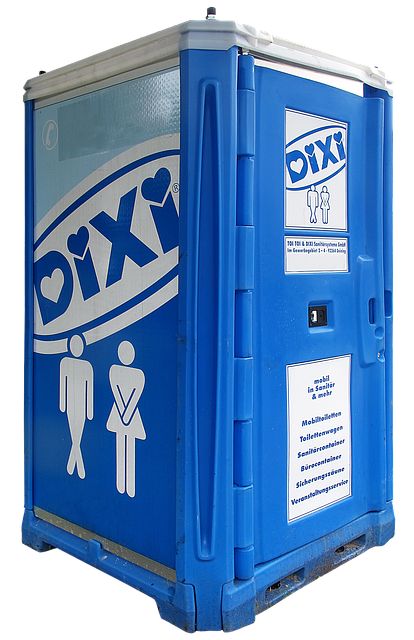A constantly running toilet wastes water and increases bills. Common causes include leaky flush valves, faulty float balls, or issues with the fill valve. Simple DIY fixes like replacing worn flappers and adjusting float balls can stop the leak. Regular monthly maintenance, including inspecting for leaks and replacing flappers, prevents future issues. Following these steps saves money, reduces environmental impact, and keeps your toilet running efficiently.
Struggling with a constantly running toilet? You’re not alone. This common plumbing issue can waste precious water and drive up your bills. Fear not! Our guide breaks down the causes, offers simple DIY repairs for an efficient flush system, and provides preventive measures to keep your toilet running smoothly. Learn how to stop that relentless flow and save money – and the planet – with these easy steps.
- Understanding the Constantly Running Toilet: Causes and Diagnosis
- Simple DIY Repairs for an Efficient Flush System
- Preventive Measures: Maintaining Your Toilet to Avoid Future Issues
Understanding the Constantly Running Toilet: Causes and Diagnosis

A constantly running toilet can be frustrating and lead to unnecessary water wastage. Understanding why your toilet keeps running is the first step in fixing the problem. The most common causes include a leaky flush valve, a faulty float or ballcock, or an issue with the fill valve. To diagnose the problem, check for any visible leaks around the base of the toilet. Also, pay attention to how the water level adjusts after each flush; if it rises and falls erratically, there might be an issue with one of the components mentioned above.
Once you’ve identified the source of the leak, diagnosing how to stop a running toilet becomes more manageable. By addressing these issues, you can save money on your water bills and reduce your environmental footprint.
Simple DIY Repairs for an Efficient Flush System

If your toilet is constantly running, it could be due to simple issues that can be easily fixed with some DIY know-how. One common cause is a leaky flush valve or flapper. This is often the result of wear and tear or improper sealing. To address this, you’ll need to remove the tank cover, locate the flapper, and replace it if it’s damaged or worn out. This simple repair can significantly reduce water waste and save you money on your utility bills.
Another efficient flush system fix involves checking and adjusting the float ball in the toilet tank. The float ball ensures the right amount of water is released for each flush. If it’s not set correctly, the toilet might keep running. Adjusting this mechanism can help optimize water usage and stop unnecessary flushing. With these straightforward steps, you’ll be well on your way to fixing a constantly running toilet and enjoying a more efficient flush system.
Preventive Measures: Maintaining Your Toilet to Avoid Future Issues

Regular maintenance is key to preventing future toilet issues. Start by checking your toilet for any leaks around the base and the supply lines at least once a month. Even small drips can lead to significant water waste and increased bills, so addressing them promptly is crucial. Additionally, keep an eye on the flapper mechanism—one of the most common causes of a running toilet. Over time, this piece can become worn or damaged, leading to constant flushing. Regularly inspect and replace it as needed.
To maintain optimal performance, flush your toilet at least once daily with a full load. This helps prevent the water level from dropping too low, which can cause the float-and-fill mechanism to malfunction. Also, consider using a high-efficiency toilet or installing a toilet dam to reduce water usage without compromising functionality, helping you save on both bills and the environment.
